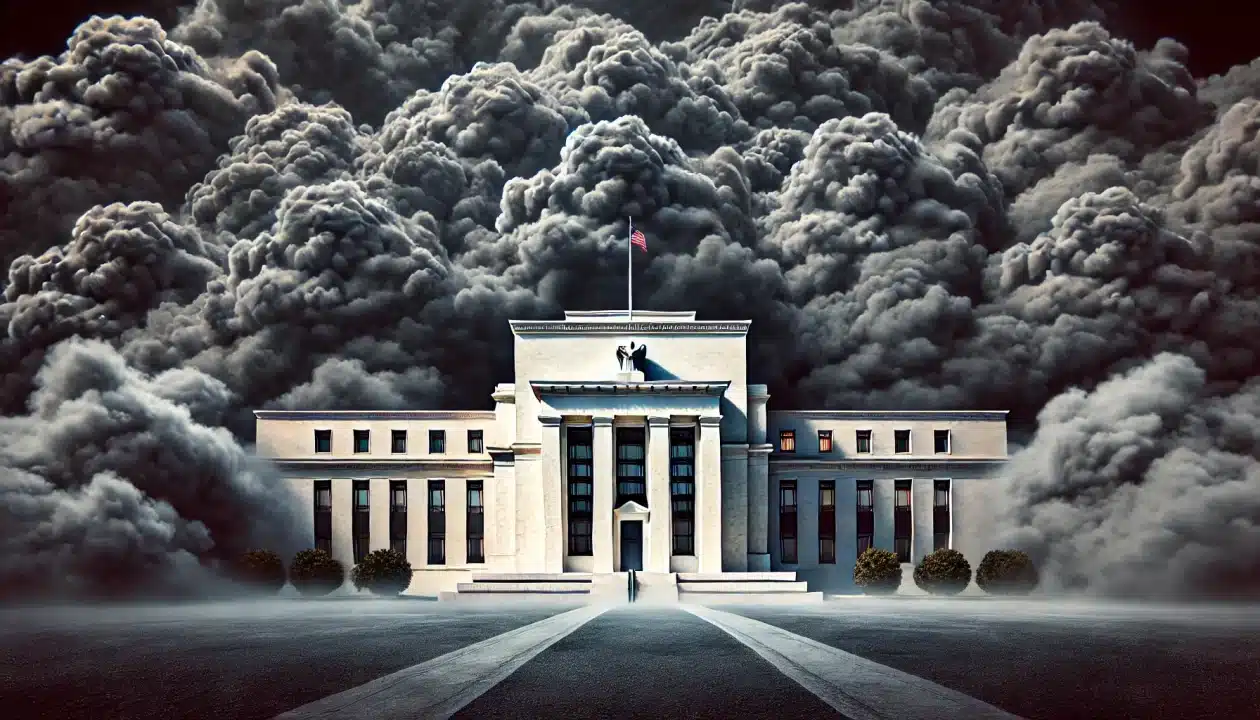
Stagflation is one of the most difficult economic conditions for any country to manage. It combines three major problems at once: high inflation, slow economic growth, and rising unemployment. For consumers, it means higher prices, fewer job opportunities, and stagnant wages — all at the same time.
What does stagflation mean?
Stagflation is an economic term that merges “stagnation” and “inflation.” It describes a situation where:
- Inflation remains high — meaning prices for goods and services are rising.
- Economic growth is weak or flat.
- Unemployment is increasing or remains elevated.
Normally, inflation and unemployment move in opposite directions. In stagflation, they rise together — creating a troubling scenario for policymakers.
What causes stagflation?
Economists typically point to several possible causes:
- Supply shocks: Sudden increases in the price of essential goods — such as oil or food — can raise production costs and trigger inflation while slowing the economy.
- Poor monetary policy: Central banks that pump too much money into the economy or keep interest rates too low for too long can fuel inflation without boosting output.
- Labor market disruptions: Events that reduce productivity, such as a pandemic or trade conflict, can also lead to slower growth and job losses.
The most famous case of stagflation occurred in the 1970s, after oil prices spiked and the U.S. economy suffered from high inflation and joblessness at the same time.
Why stagflation is hard to fix
Fighting inflation usually requires raising interest rates to slow demand. But during stagflation, this can worsen unemployment. Conversely, cutting rates to stimulate jobs can make inflation worse.
This puts central banks like the Federal Reserve in a no-win situation. There’s no simple policy solution, and recovery can take years.
Could stagflation happen in 2025?
While the U.S. is not currently in a stagflation cycle, some analysts have raised concerns about the risk. Recent trends include:
- Slowing GDP growth
- Persistent core inflation
- Layoffs in key sectors like tech and finance
A major supply chain disruption, commodity price shock, or aggressive trade policy could tip the balance. Still, most economists say a full stagflationary period remains unlikely without a major external shock.
Key takeaways
- Stagflation = inflation + stagnation + unemployment
- It’s rare, but historically damaging
- Caused by supply shocks, poor policy, or labor disruptions
- Difficult to control with traditional economic tools
- Watch inflation and job trends closely in 2025
Understanding stagflation helps consumers, investors, and businesses prepare for complex market conditions — and highlights the challenges central banks face in maintaining a stable economy.
